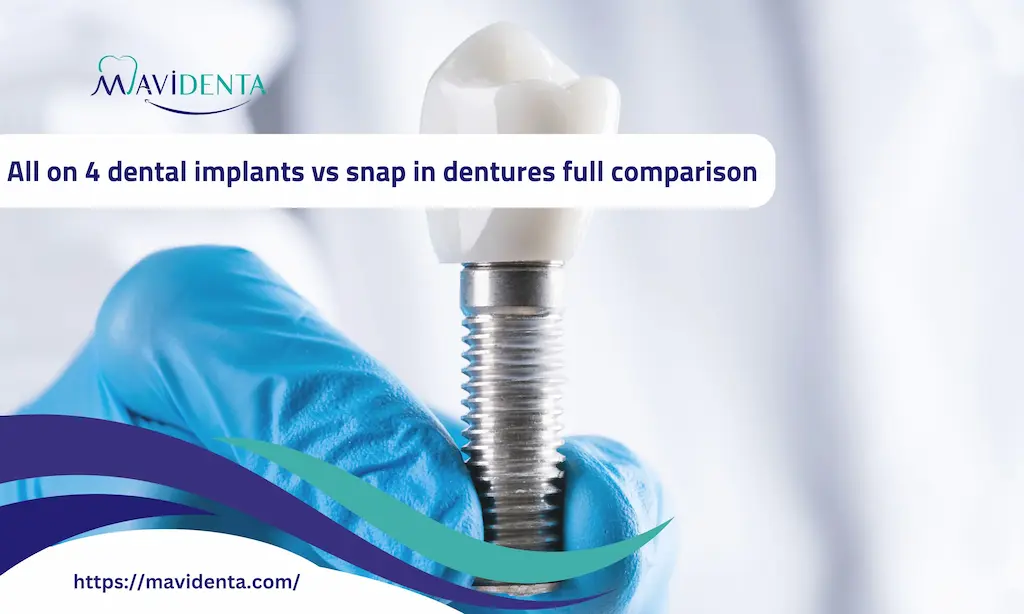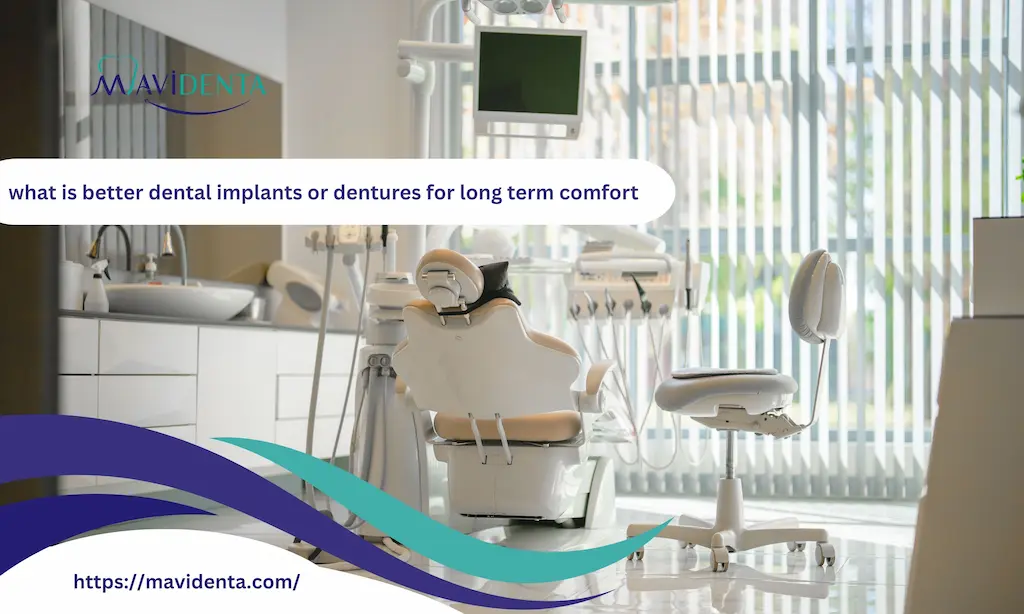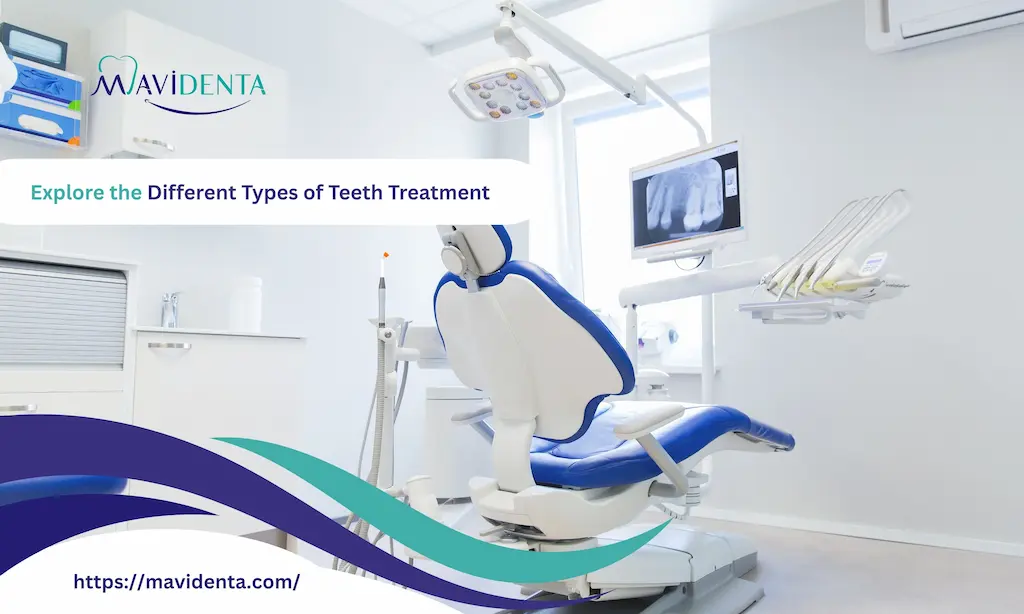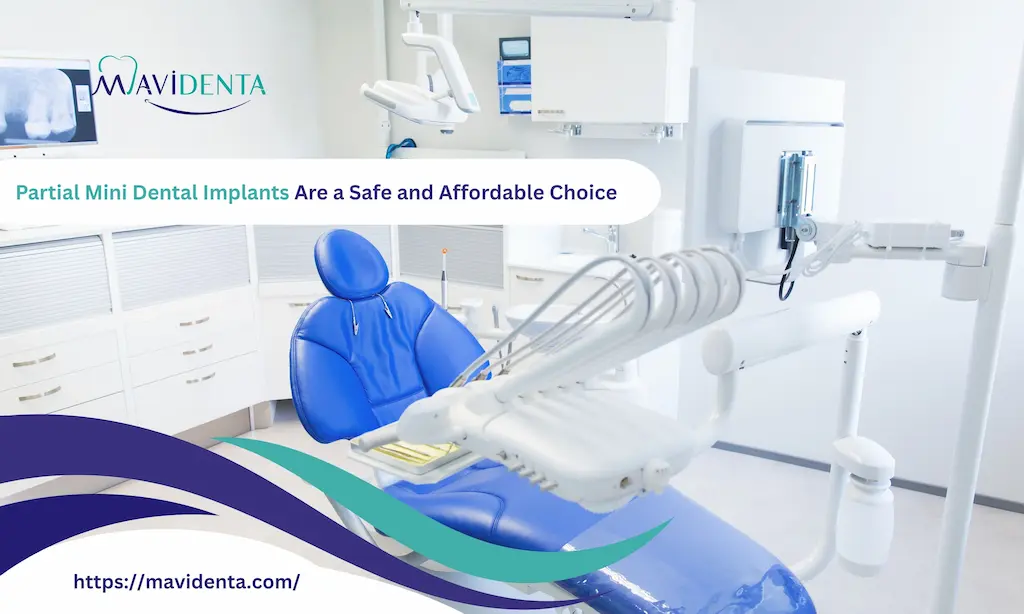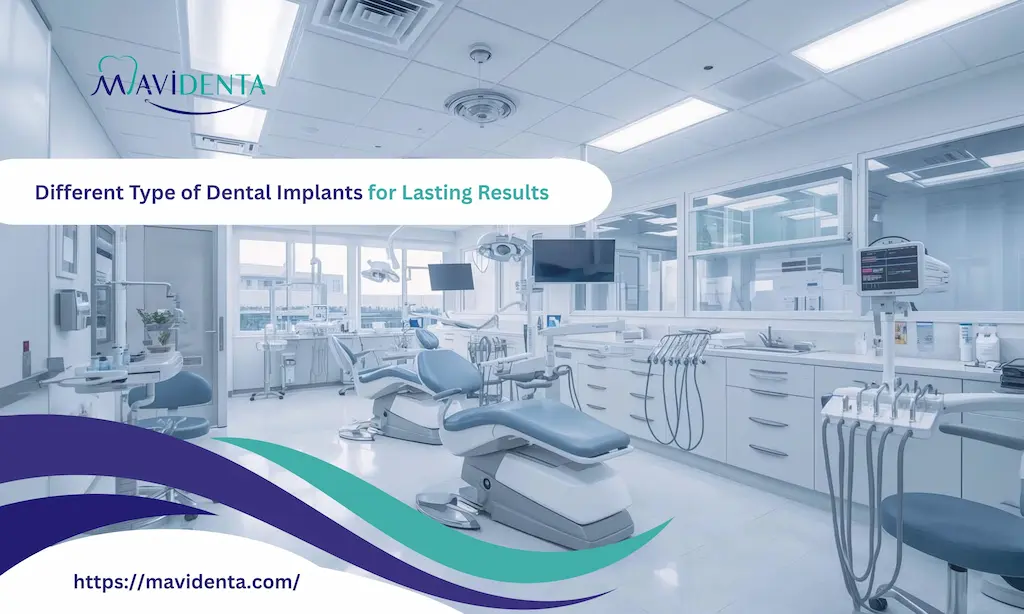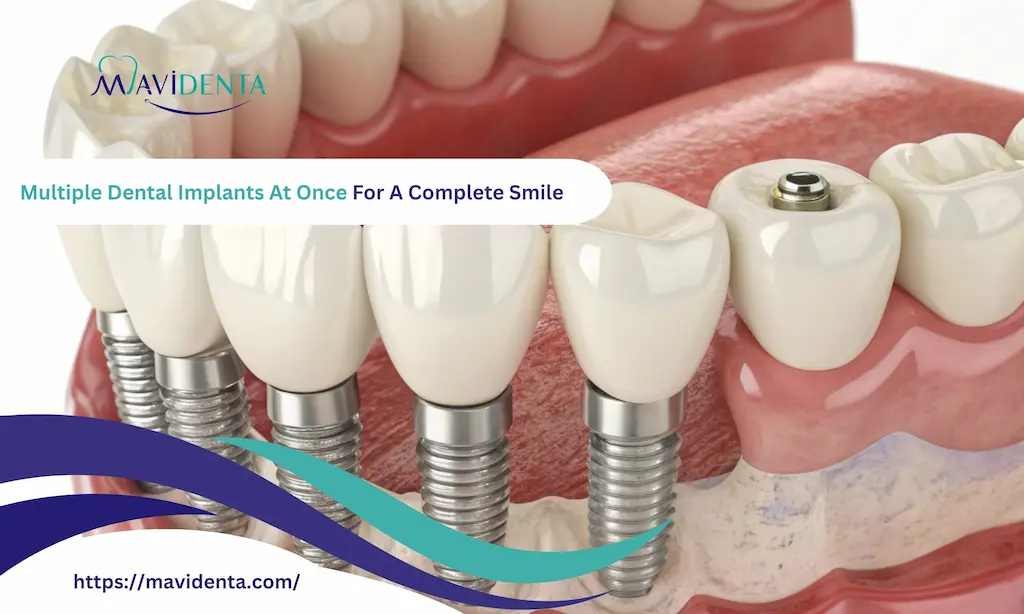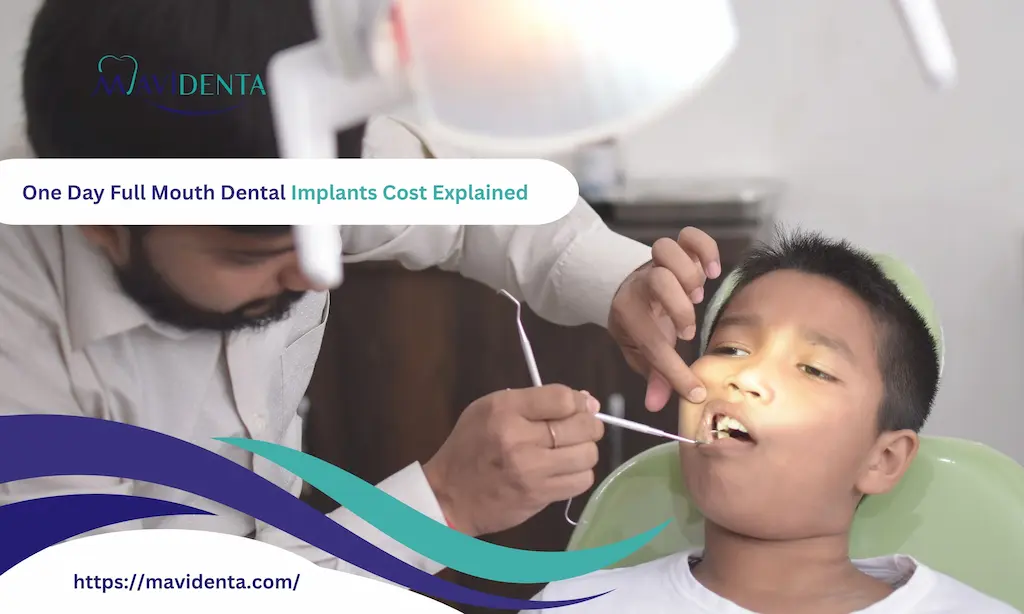Losing teeth is more than a cosmetic issue; it can affect how you eat, how you speak, and how confident you feel in social situations. If you’ve started searching for solutions, you’ve probably come across the debate of all on 4 dental implants vs snap in dentures . At first glance, both options promise a stronger smile, but the way they’re placed in your mouth, the level of comfort they bring, and the long-term results are very different. Knowing what sets them apart helps you choose the treatment that truly fits your lifestyle.
What Are All-on-4 Dental Implants?
Most people are surprised when they hear you can replace a whole set of teeth with just four implants. That’s what dentists mean by “All-on-4.” Two implants go in the front of the jaw, and two are tilted at the back. Together, they act like anchors for a fixed bridge of new teeth. It sounds simple, but the stability it gives can change a patient’s life.
Unlike traditional methods that required one implant for every missing tooth, this approach is faster and often avoids additional surgeries such as bone grafting. In clinical discussions of all on 4 dental implants vs snap in dentures, this permanent design is often seen as more stable and reliable for long-term oral function.
That’s really where the difference between snap-on and All-on-4 shows. Snap-on dentures can be removed and sometimes shift around. All-on-4 stays secure, permanent, and ready for daily use without second thoughts.
Explore the best All on 4 dental implants.
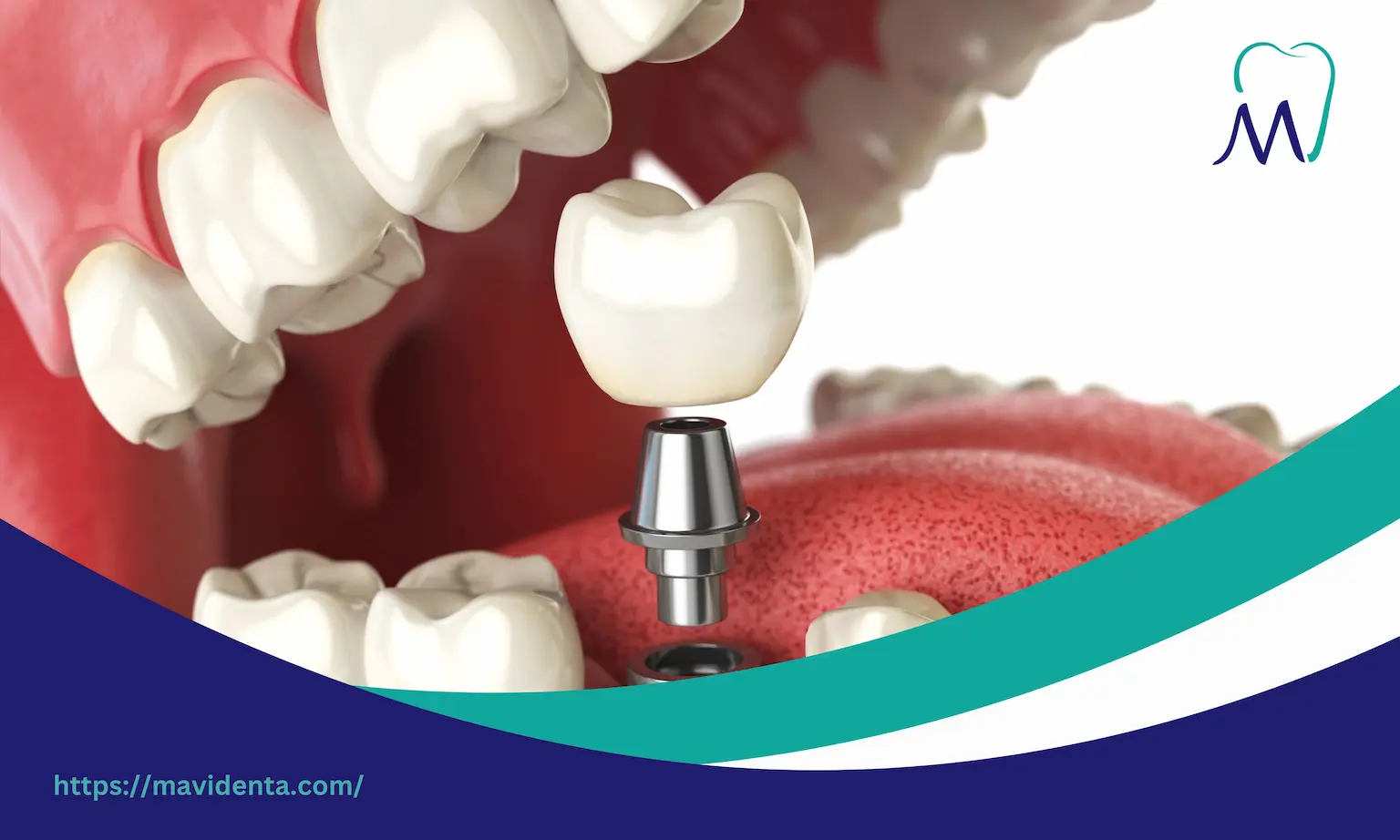
What Are Snap-in Dentures?
- Snap-in dentures are often explained to patients as “a bridge between old dentures and modern implants.” Instead of floating freely on the gums, the denture attaches to a few implants that are placed into the jaw, with two, four, or sometimes six implants used depending on bone quality.
- The denture itself has special fittings on the inside, and when pressed down, it locks onto the implants with a click.
- This small mechanical detail changes the experience significantly. Suddenly the denture feels steady when you talk or chew.
- Patients usually describe the difference as night and day compared to traditional removable plates.
- From a clinical perspective, chewing efficiency improves, speech becomes clearer, and hygiene is straightforward since the denture can be removed for cleaning while the implants and gums are maintained separately. Still, the system isn’t permanent: the attachments wear out, bone can continue resorbing, and adjustments are part of long-term care.
- In dentistry, snap-on dentures and implants are considered a practical compromise stable enough for daily function, yet less costly and less invasive than fixed All-on-4 bridges.
Read more about Partial Dentures for Front Teeth.
All on 4 dental implants vs snap in dentures: Which Is Better?
Aspect | All-on-4 Dental Implants | Snap-in Dentures |
|---|---|---|
| Definition | A fixed full-arch bridge supported by four strategically placed dental implants. | A removable denture anchored to 2–6 implants with attachments (“snaps”). |
| Surgical Procedure | Requires implant surgery with precise angulation; often “teeth in a day” placement. | Less invasive; implants placed, then dentures fitted with snap-on connectors. |
| Stability | Very stable, functions like natural teeth. | More stable than traditional dentures but can still shift slightly. |
| Bone Preservation | Helps maintain bone density by transferring chewing forces into the jaw. | Some bone resorption may continue under the denture base. |
| Aesthetics | Mimics natural gum line; highly customized for shape and color. | Improved over regular dentures, but acrylic base/connectors may show. |
| Hygiene | Fixed; requires brushing and professional cleaning. | Removable; easier to clean daily. |
| Cost | Higher initial investment; long-term durable. | Lower upfront; ongoing maintenance may increase total cost. |
| Recovery Time | 3–6 months for full healing (osseointegration). | Usually 2–3 months before final denture fitting. |
| Longevity | Can last decades with proper care. | Attachments wear out; dentures may need replacing every 5–7 years. |
| Ideal For | Patients seeking permanent, natural-looking, stable teeth replacement. | Patients want affordable, flexible, and removable options. |
Explore the Average Cost of 4 Dental Implants.
Are All-on-4 Implants More Natural-Looking Than Snap-in Dentures?
- Clinically, All-on-4 restorations are fixed to the jaw, which allows the bridge to follow the natural curve of the gums. This design makes the smile appear more like natural dentition compared to a removable option.
- Snap-in dentures do improve appearance when compared with conventional plates. Still, because they rely on an acrylic base and special connectors, these parts can sometimes become visible in patients with a wide or high smile.
- Prosthodontists highlight that All-on-4 offers a higher degree of customization. Tooth size, shade, and alignment are carefully designed, so the outcome looks closer to natural teeth.
- From a daily life perspective, all on 4 dental implants vs snap in dentures shows that fixed implants deliver a more natural smile and feel compared to removable alternatives.
- From a functional perspective, stability plays a role in appearance. Teeth that stay fixed during chewing or speech naturally look more realistic. This stability is one of the everyday markers of the difference between snap-on and All-on-4.
- In summary, All-on-4 is generally regarded as superior for achieving a natural look, while snap-in dentures remain a good step up from traditional dentures but seldom match the same level of realism.
All on 4 Dental Implants Breaking Repair and Care Guide.
What Is the Procedure and Recovery Time for All-on-4 Dental Implants Compared to Snap-in Dentures?
Aspect | All-on-4 Dental Implants | Snap-in Dentures |
|---|---|---|
| Initial Steps | Start with scans to measure bone quality. Four implants are placed: two straight in front, two tilted at the back to support a full arch. | Involves placing 2–6 implants. After healing, a denture is fitted with special attachments that snap into place. |
| Temporary Solution | Many patients receive a temporary prosthesis the same day (‘teeth in a day’), leaving with fixed teeth immediately. | No fixed teeth on the same day. The denture is added later once healing has taken place. |
| Healing & Recovery | Longer recovery. Implants must integrate with the bone (osseointegration), taking 3–6 months. A soft diet is recommended. | Shorter recovery, usually 2–3 months. Because it’s removable, hygiene is simpler and comfort easier during healing. |
| Daily Maintenance | A fixed bridge requires careful brushing and flossing plus professional cleaning. | Denture is removable, making daily hygiene straightforward but less discreet. |
| Cost & Value | Higher initial investment, but stronger long-term function and durability. Considered a lasting solution. | Lower upfront cost. Clinicians explain that while cheaper at the start, maintenance can add expenses over time. |
Pros and cons of all on four dental implants explained.
Can Snap-in Dentures Be Converted to All-on-4 Implants Later?
- Yes, snap-in dentures can sometimes be converted to an All-on-4 system, but it is not always simple. The success of this transition depends on implant placement, bone health, and long-term stability.
- Snap-in dentures often use two or four implants. These are positioned mainly to hold a removable denture in place, not to support a permanent structure. All on 4 dental implants vs snap in dentures require different planning, and many cases need new implants.
- Bone health matters a lot. If bone has thinned after years of wearing removable dentures, extra procedures such as grafting may be necessary before the All-on-4 can be attempted.
- The mechanics differ as well. Snap-in implants are not designed to absorb constant chewing forces. All-on-4 is engineered for that purpose, spreading the pressure evenly across the jaw.
- Conversion is usually considered when patients get tired of the problems with snap-in dentures—loose fittings, reduced chewing power, or clips that wear out too fast.
- In real practice, most dentists treat this as a new plan, not a simple “upgrade.” Proper scans, planning, and patient expectations are essential before making the move to a fixed All-on-4.
What Are the Risks and Considerations in Choosing Between All-on-4 Implants and Snap-in Dentures?
- There are clear risks with both all on 4 dental implants vs snap in dentures, and neither option is free of complications.
- With All-on-4, the surgery is bigger. If one implant fails, the whole bridge can be at risk. That’s why dentists spend so much time on scans and planning.
- Snap-in dentures are less invasive, but bone underneath can still shrink. Over a few years, the denture may loosen, and patients often need relining.
- Hygiene is different. A fixed bridge with All-on-4 is harder to clean properly. Snap-ins come out, which makes brushing easier—but some patients dislike removing their teeth every night.
- Infections are possible in both. Smokers, or people who neglect cleaning, face higher risk of peri-implantitis. Once it starts, treatment can be complicated.
- Cost is a key factor. Many patients ask how much are snap-in dentures, as they are cheaper upfront, while All-on-4 requires more investment but usually lasts longer with fewer replacements.
- The real decision? It comes down to health, lifestyle, and budget. One is permanent and strong, the other flexible but less stable.
Which Is the Best Place for All-on-4 Dental Implants?
The best place is not simply the cheapest clinic, but the one that can deliver safe surgery and long-term care:
- Surgical experience comes first. All on 4 dental implants vs snap in dentures is a technique-sensitive area. If the implants are placed at the wrong angle, the bridge will fail. That is why patients should ask directly about the dentist’s training.
- Technology matters too. Clinics using CBCT scans and digital planning tools can check bone density before surgery. This lowers the chance of mistakes.
- Aftercare is often overlooked. A good clinic doesn’t just place implants; it brings patients back for cleaning, adjustments, and reviews. Skipping this step is risky.
- Some patients travel abroad for lower prices. That can work, but without follow-up, even a small complication becomes a big problem. Cost alone should never decide.
- When finances are discussed, doctors usually explain all-on-4 dentures cost as an investment. It is high at the start, but patients avoid the cycle of repairs common with removable dentures.
- For patients searching in trusted clinics, Mavidenta is an example where surgical skill, technology, and long-term care are combined to provide safe and predictable results.
Explore the Best Dental Implant Clinic in Istanbul.
Conclusion
When patients weigh their choices for replacing missing teeth, two main options dominate all on 4 dental implants vs snap in dentures. All-on-4 offers a fixed bridge that protects bone health and delivers stronger function, but it involves higher surgery demands and greater upfront investment. Snap-in dentures are simpler and removable, giving flexibility and easier cleaning. Many people compare Snap-in dentures cost, appreciating the lower starting price, even if future adjustments raise expenses. Newer designs, such as palateless snap-on dentures, provide added comfort but still cannot match implant stability. For specialized guidance and trusted treatment.
FAQ
Do All-on-4 implants prevent bone loss?
Yes, they transfer chewing forces into the jawbone, which helps preserve bone density.
Is the recovery faster with snap-in dentures?
Yes, healing time is usually shorter, about 2–3 months compared to All-on-4 which takes longer.
Can smokers get All-on-4 implants?
Yes, but smoking increases risks of infection and implant failure, so quitting is strongly advised.
Do snap-in dentures affect speech?
They may at first, but most patients adapt quickly; palateless versions reduce speech changes further.
Is bone grafting always required for All-on-4?
Not always. The angled placement often avoids grafting, though some patients still need it if bone loss is severe.
Are All-on-4 implants more expensive than snap-ins?
Yes, snap on dentures vs All-on-4 cost shows All-on-4 is higher initially, but more stable long term.

